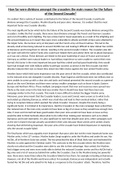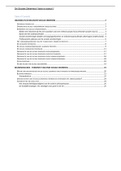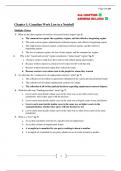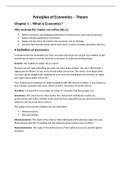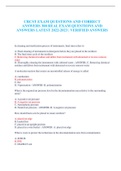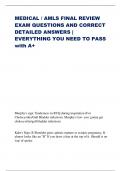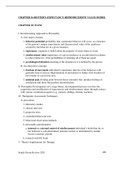Essay
"How far were divisions amongst the crusaders the main reason for the failure of the Second Crusade?" Model essay
- Course
- Institution
An A grade, 20 mark model essay on the failure of the Second Crusade based on past paper questions
[Show more]
